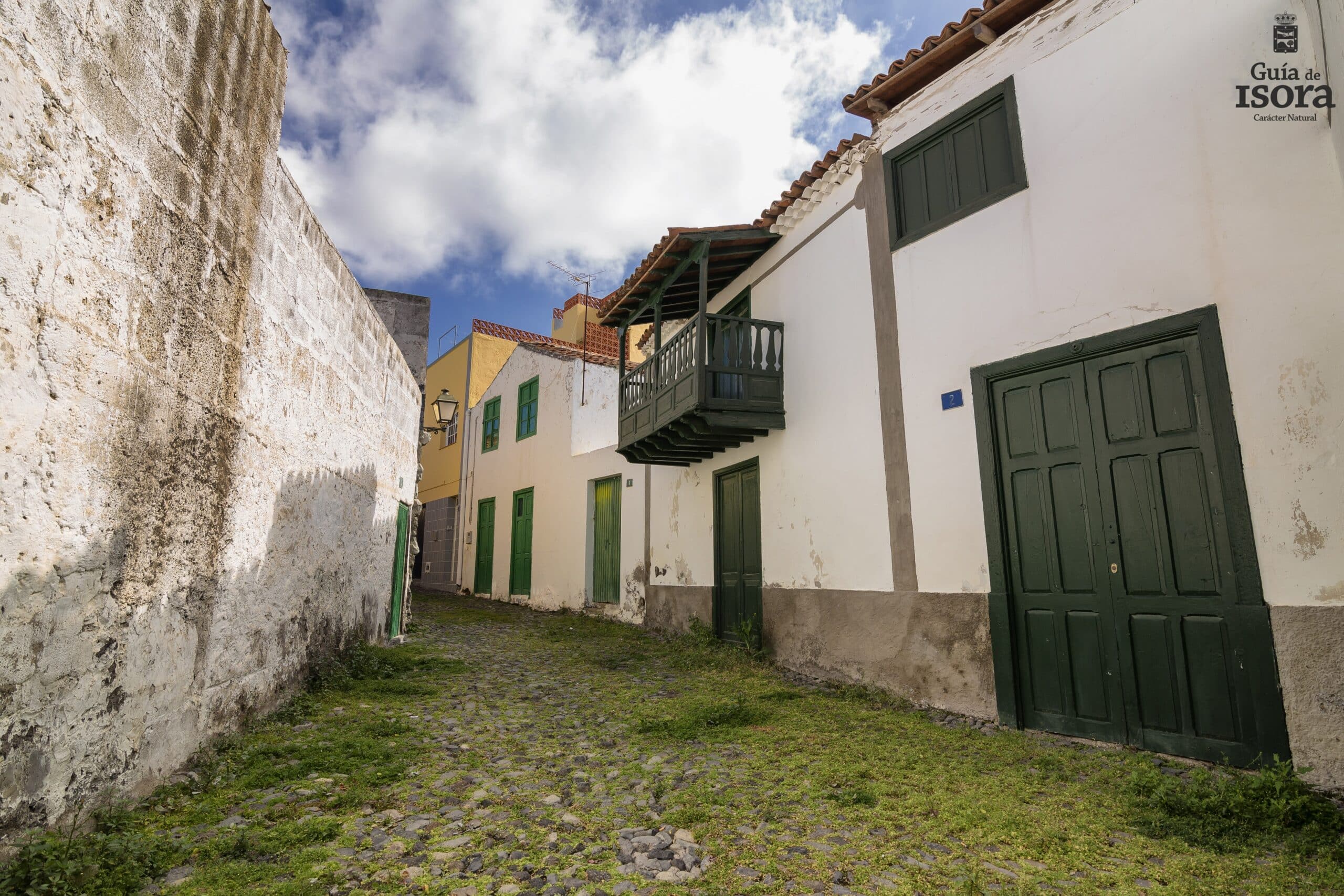
A tour of the towns of Guía de Isora
Guía de Isora is a municipality located in the south of Tenerife, in the Canary Islands. This place is known for its spectacular natural landscapes, beaches, trails, and picturesque towns.

Guía de Isora is a municipality located in the south of Tenerife, in the Canary Islands. This place is known for its spectacular natural landscapes, beaches, trails, and picturesque towns.
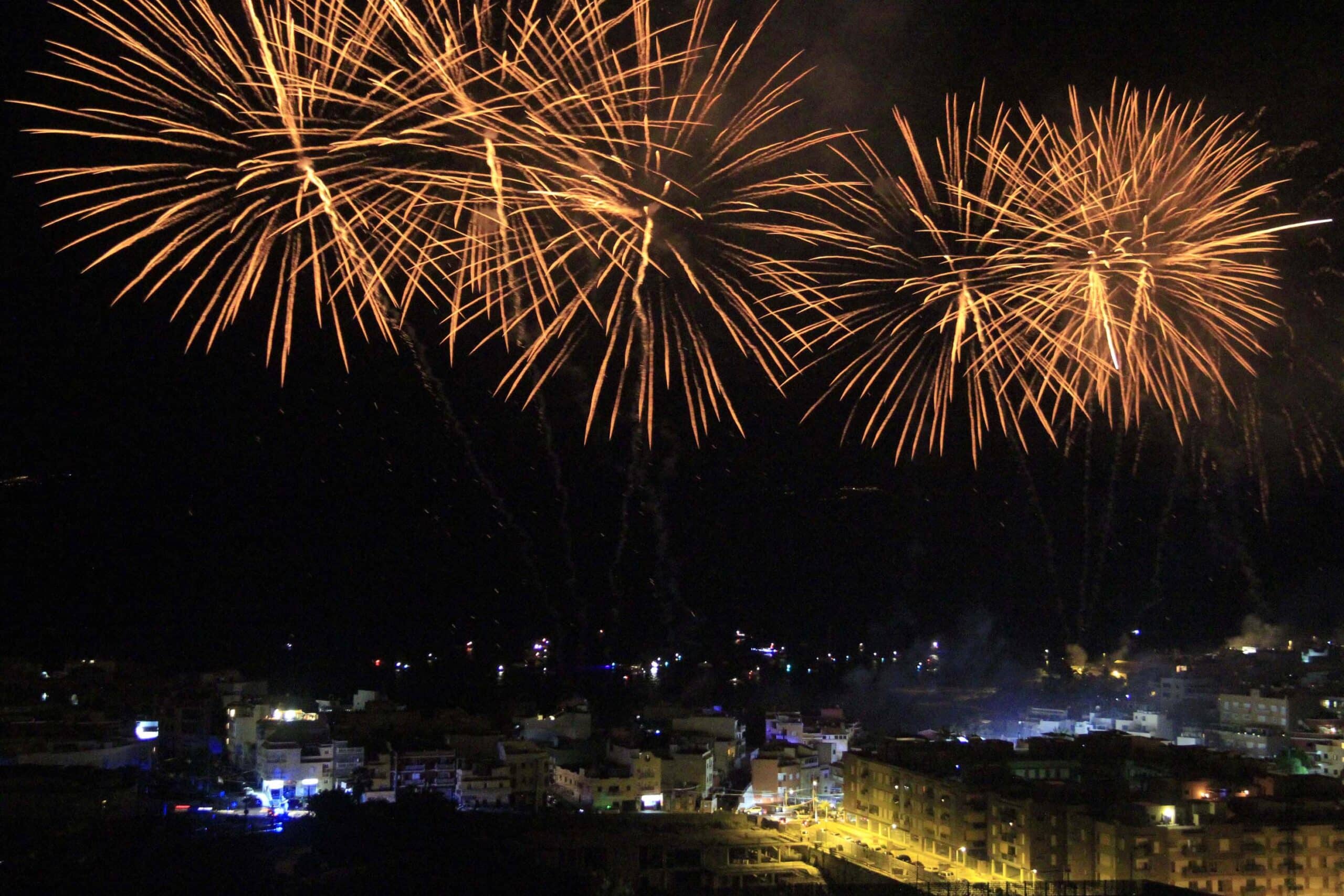
The festivities in honor of the Virgin of Candelaria are a highly significant celebration in Alcalá, a city located in the south of Tenerife, Spain. This celebration takes place every
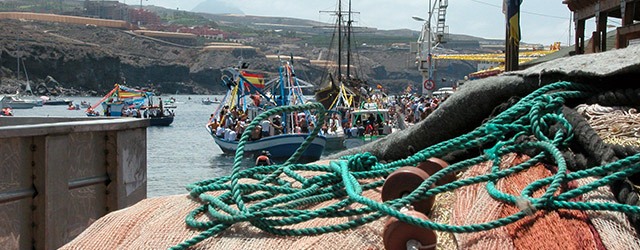
The “fiestas del Carmen” celebrations are a very important celebration in Spain and take place in different parts of the country. One of the most prominent celebrations is the one
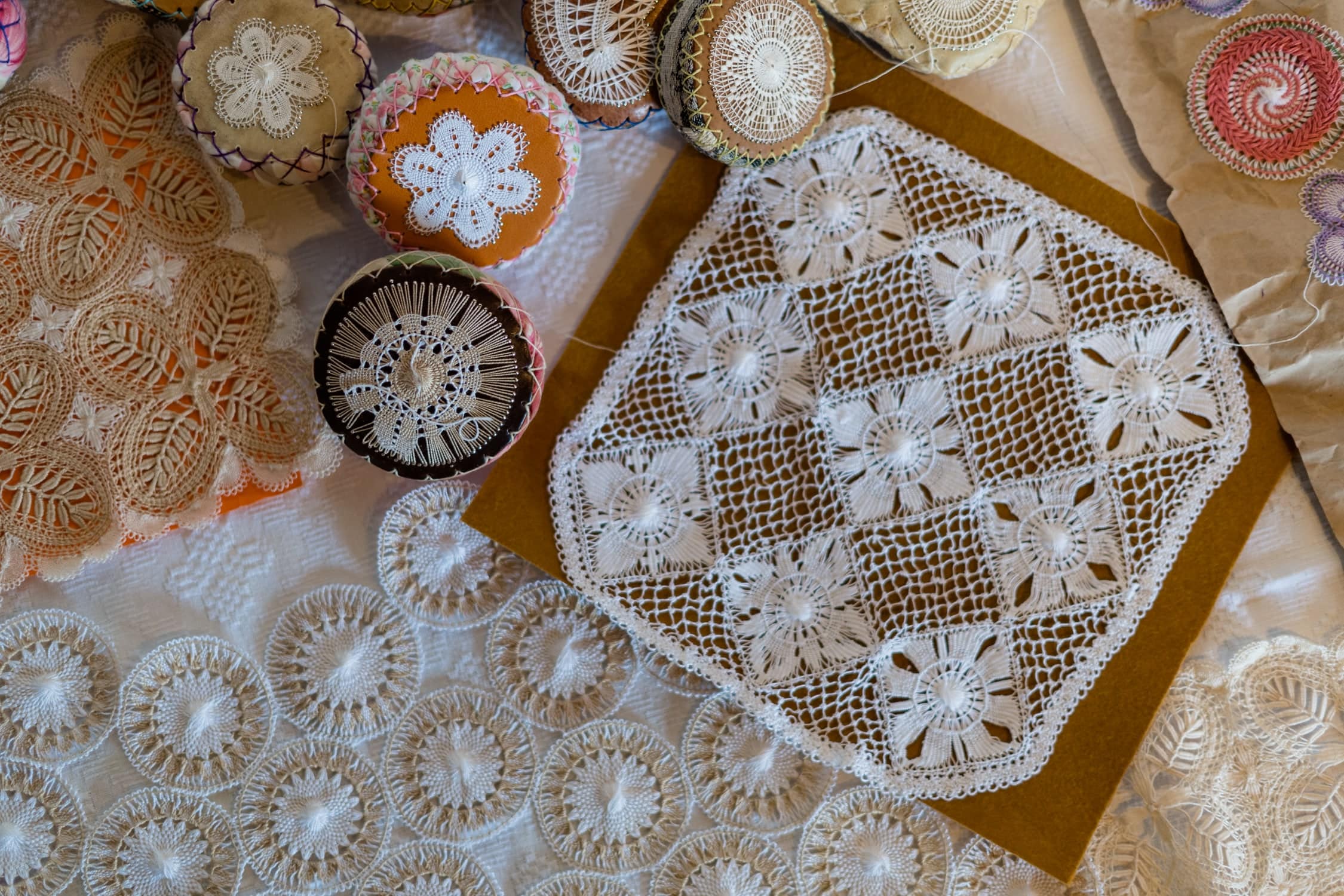
The Canary Islands are famous for their rich culture, particularly their folk art. Among the many traditional craft techniques that have been passed down from generation to generation on the

Guía de Isora is a municipality with a very wide and select gastronomic offer that has managed to value local product as a clear commitment to the local and sustainable
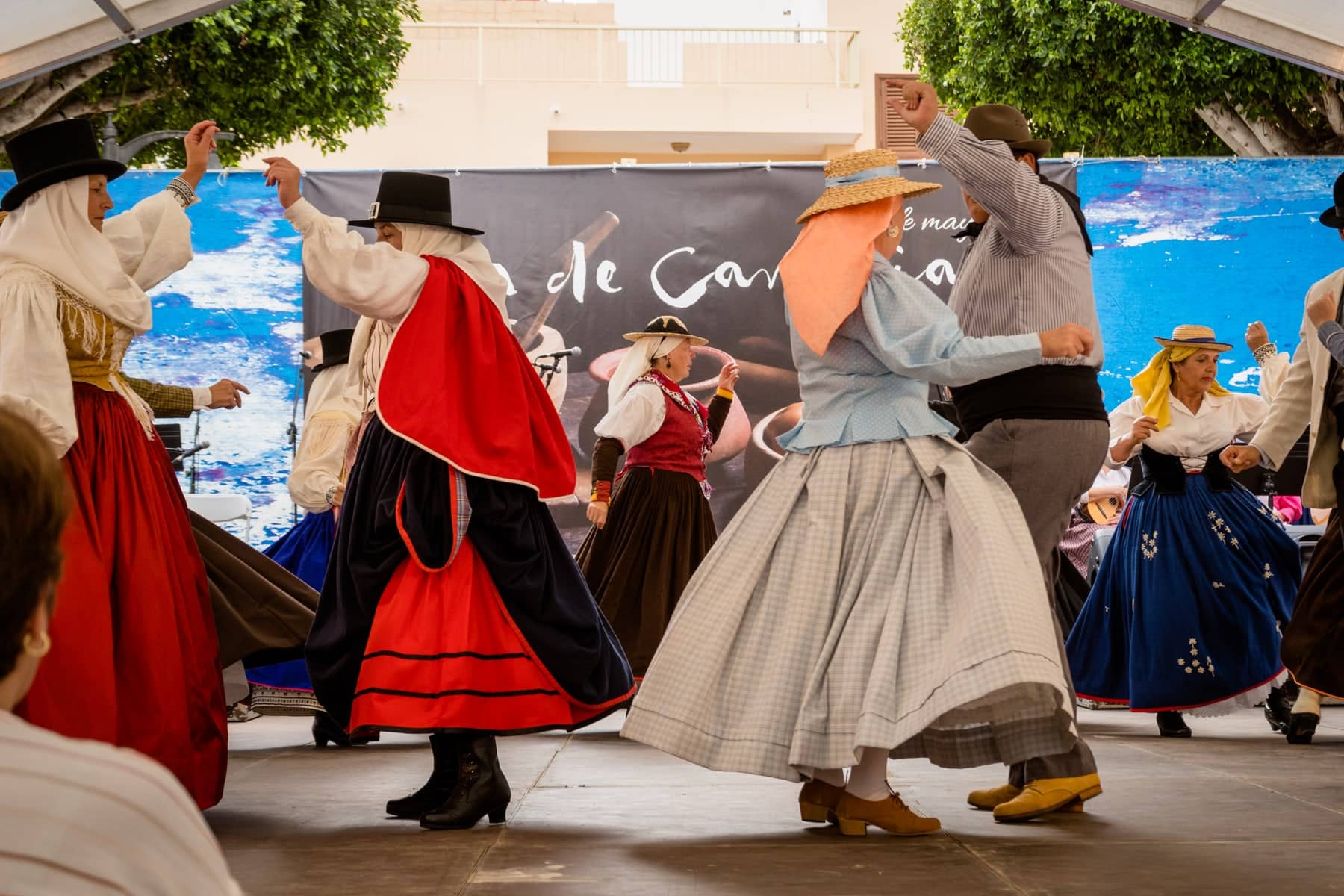
On the 30th of May every year, the people of the Canary Islands come together to celebrate their most characteristic festivity, the Día de Canarias. This day is a celebration of the history, culture and traditions of the Canary Islands, and is celebrated with parades, music and food.
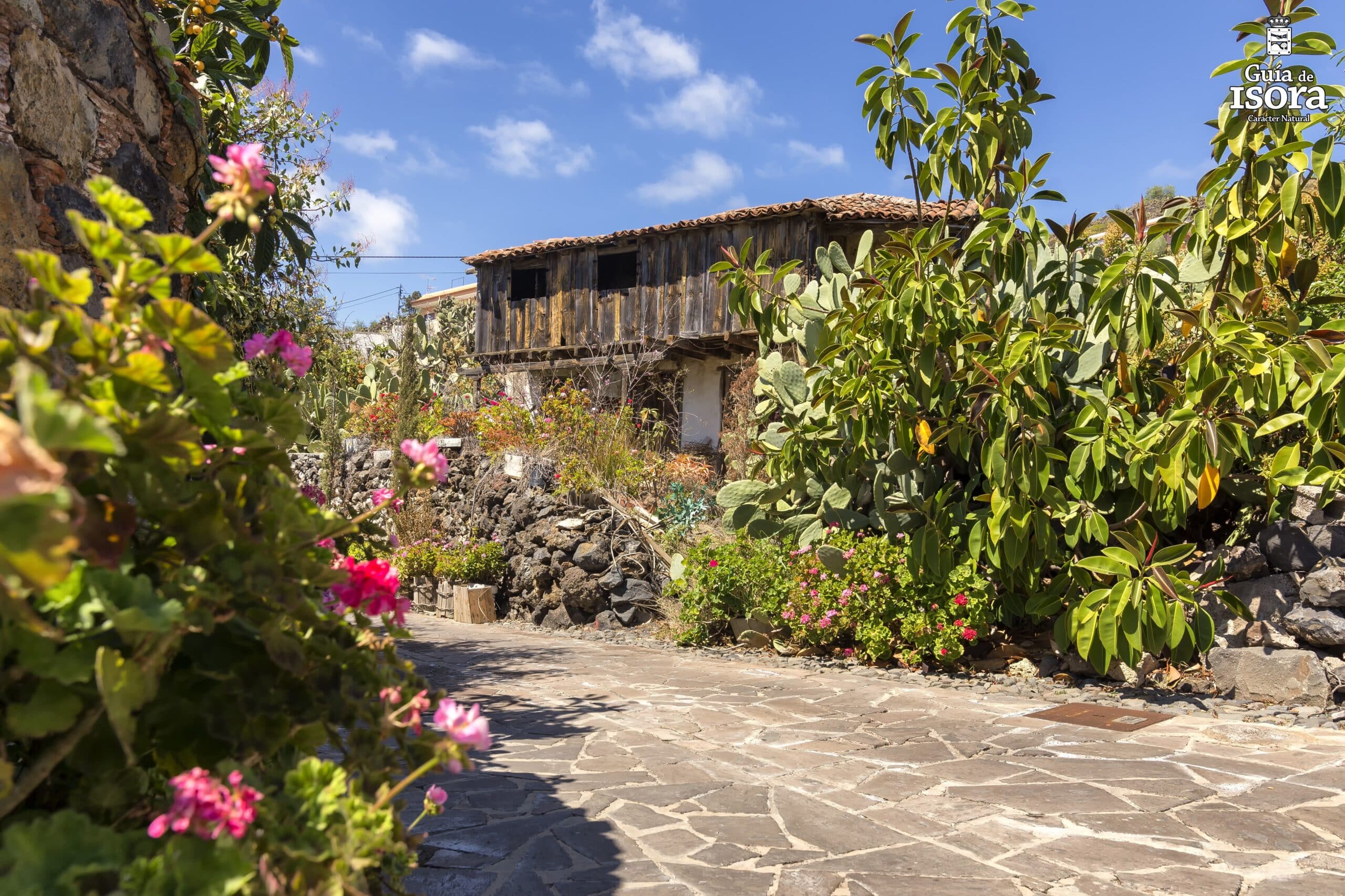
Guía de Isora is a municipality that belongs to the province of Santa Cruz de Tenerife, the municipal capital is located in the town of Guía. Originally, the territory was known as Isora and it is said that it comes from the name of a Guanche princess.
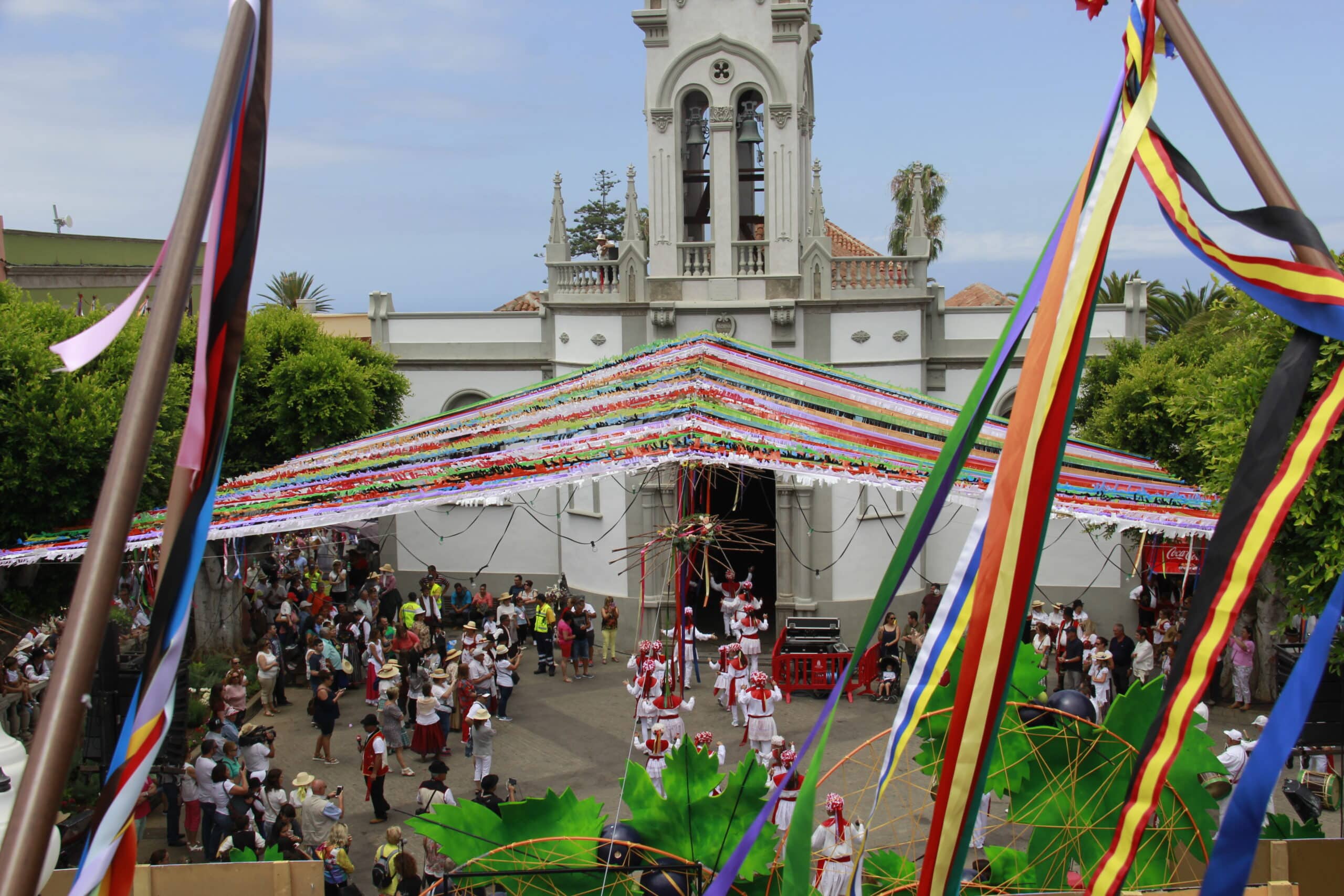
Every year, the town of Guía de Isora, in Tenerife, hosts the Romería de San Isidro, a traditional and colourful festival that attracts tourists and locals alike.
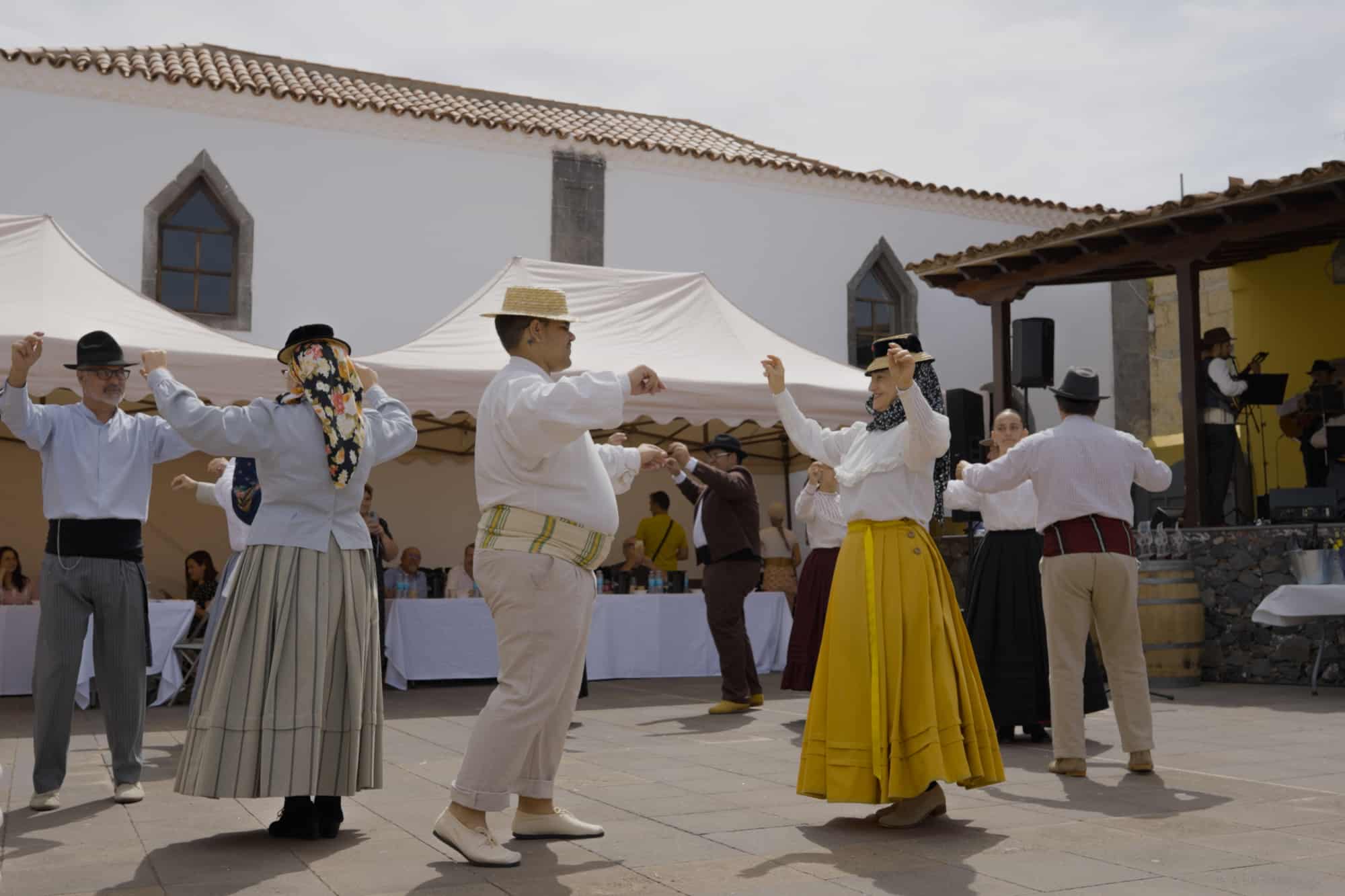
Guía de Isora, a town in the Canary Islands, has not escaped the influence of the rich musical folklore of the region. The fusion of diverse cultural expressions that have occurred throughout the periods of colonisation, conquest and trade, have given rise to a musical style that has been passed down from generation to generation.
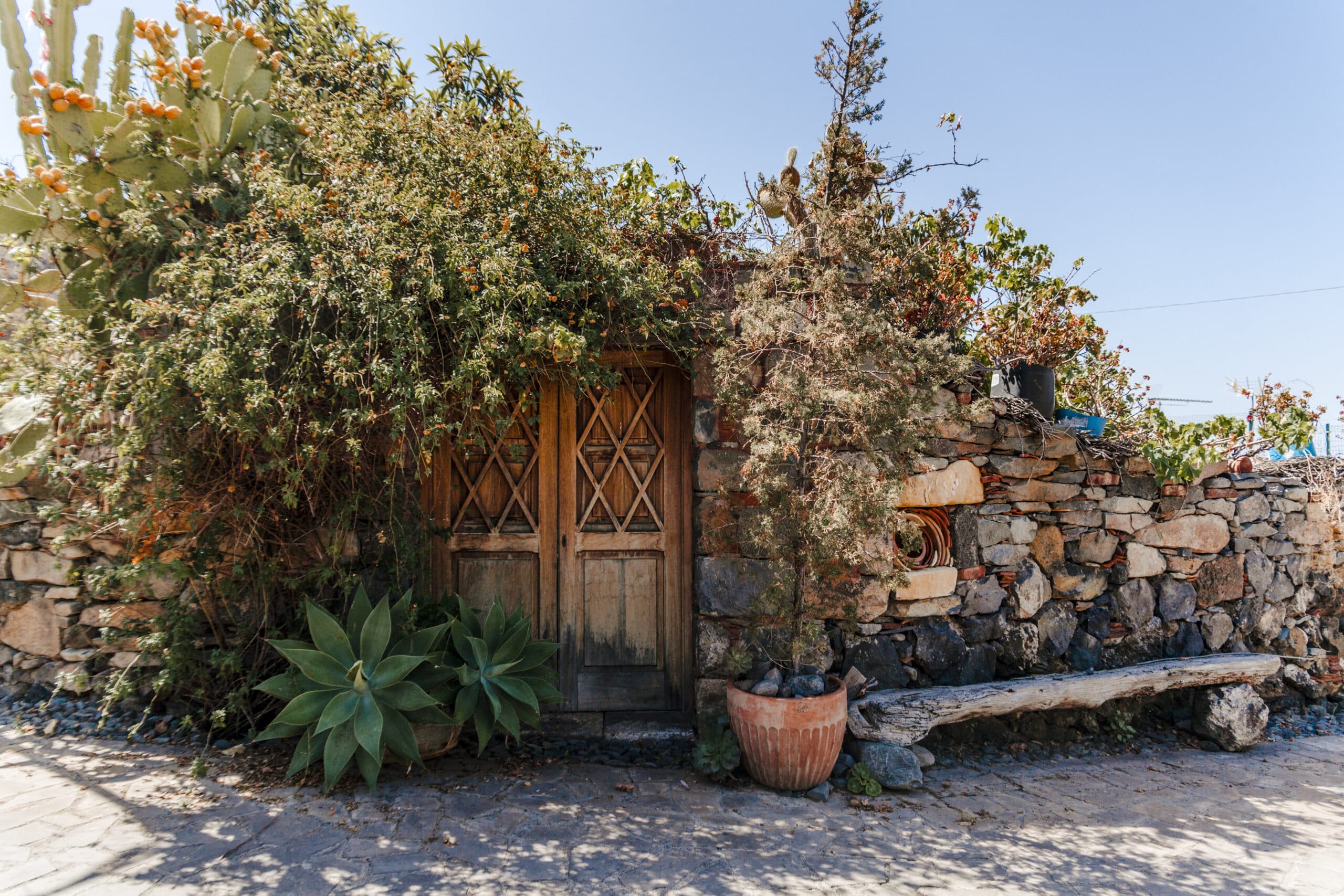
In addition to its beautiful landscapes and beaches, Guía de Isora also has a rich ethnographic heritage that deserves to be explored. Just as its gastronomy, folkloric expressions or its traditions are distinctive elements and something relevant in this area in the south of Tenerife, the conservation of its heritage is worthy of exaltation.
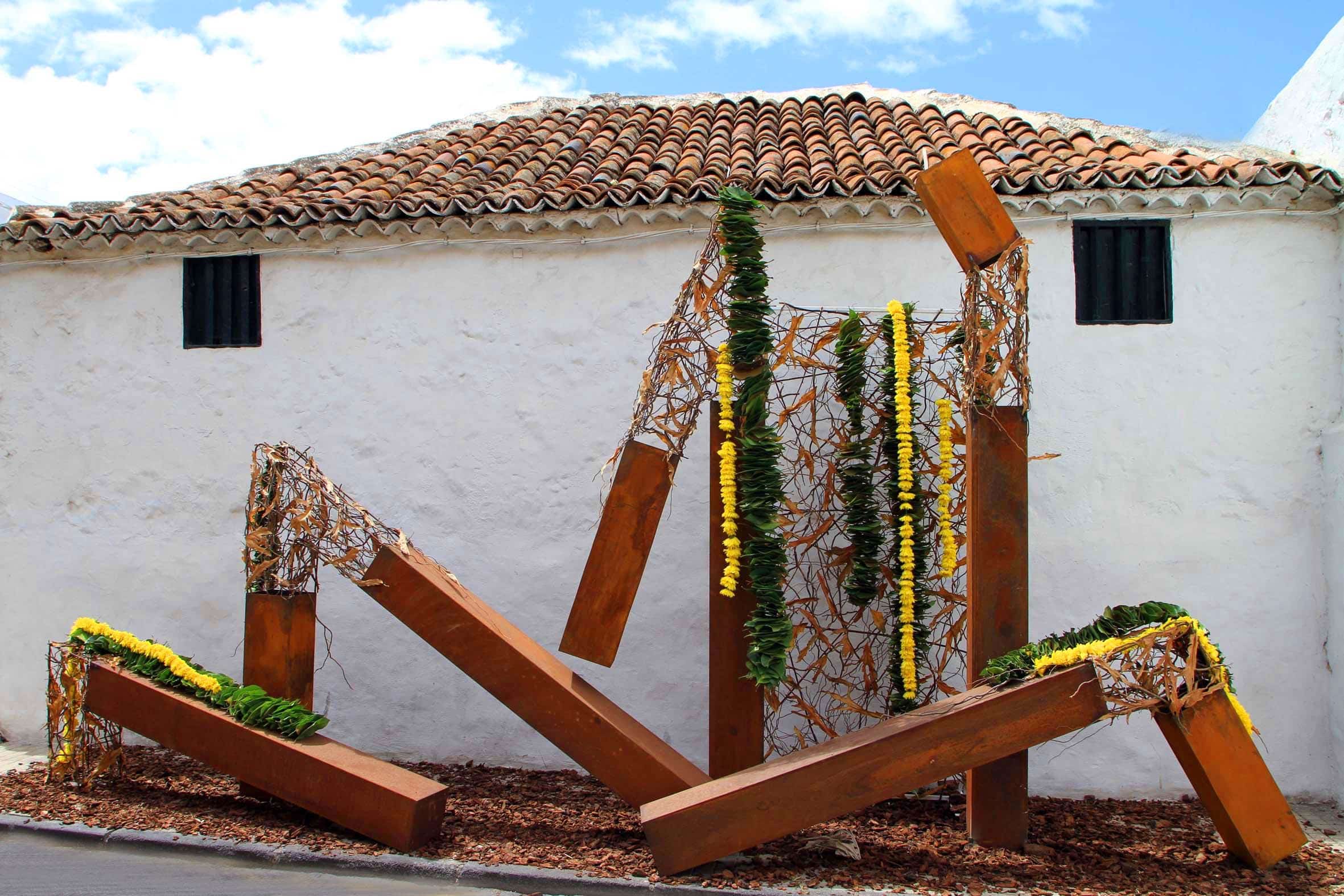
The Pascua Florida is an interesting artistic proposal in Guía de Isora, the only one of its kind in Spain, consisting of the creation of several large-scale montages inspired by scenes from the Passion, by florists and artists using flowers or plant material.

The burning of Lucas is a tradition that originated in Guía de Isora in 1794, as a way of condemning Fray Lucas, a seductive friar who was dismissed by the bishop due to his immorality. Every year, on the feast of San Juan, a doll representing Fray Lucas is burnt as a way of ridiculing his behaviour and condemning him to burn at the stake for life. Nowadays, the tradition consists of competitions for the best “Lucas”, dances, costume exhibitions and, of course, the burning of the dummy.
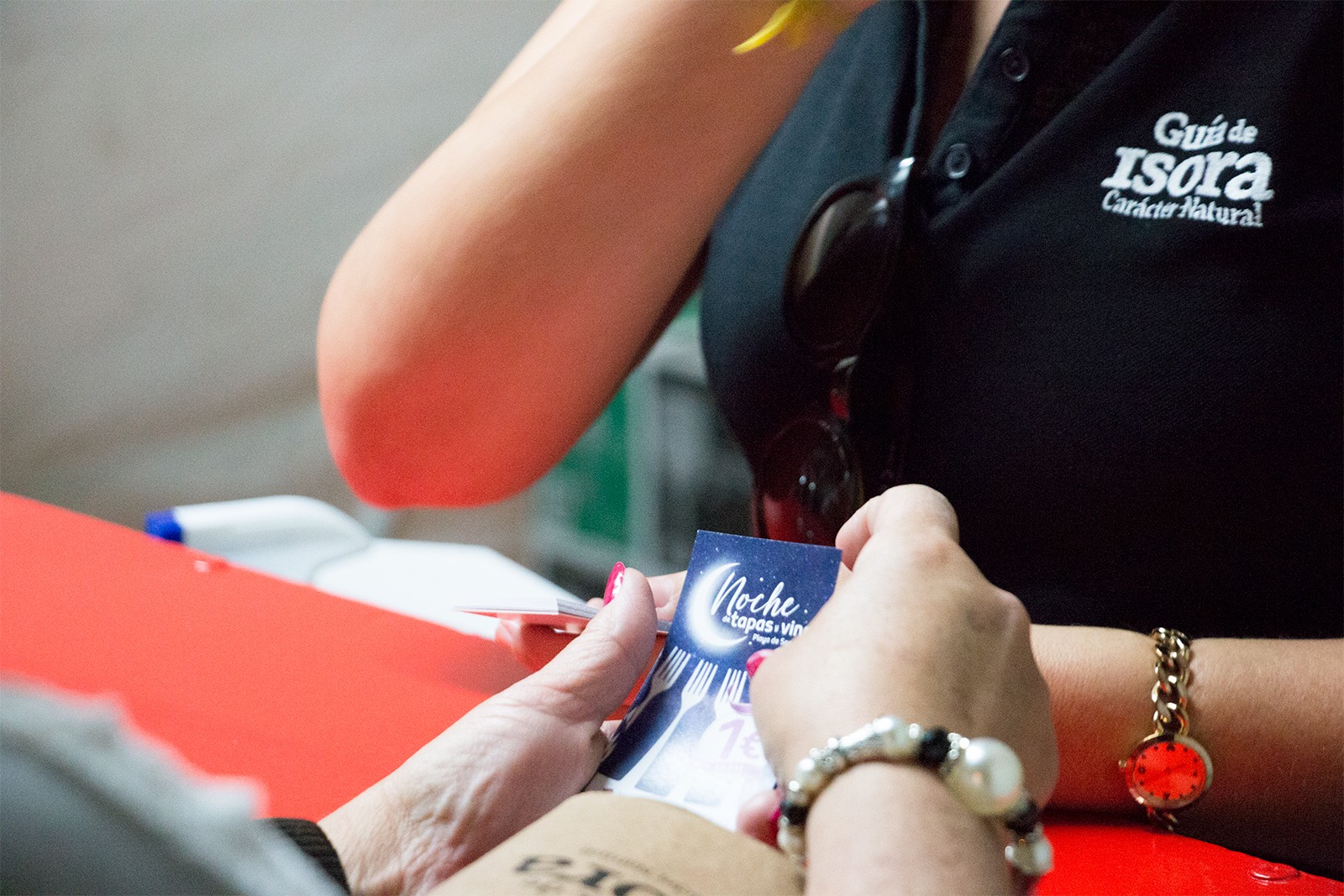
In March, Guía de Isora, Tenerife, celebrates wine with events and activities. Visitors can try local wines and taste delicious tapas at the Tapas and Wine Night, and explore local wineries and vineyards. It’s a great opportunity to experience the culture and gastronomy of the region.
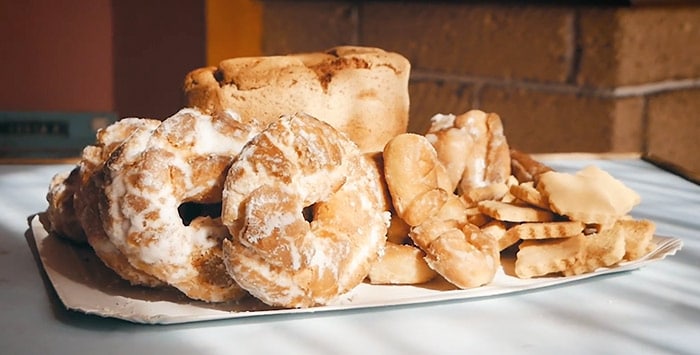
If you don’t know the traditional rosquetes de huevo from the south of Tenerife, we explain what they are and also tell you the best place to try them. Would you like to taste them?